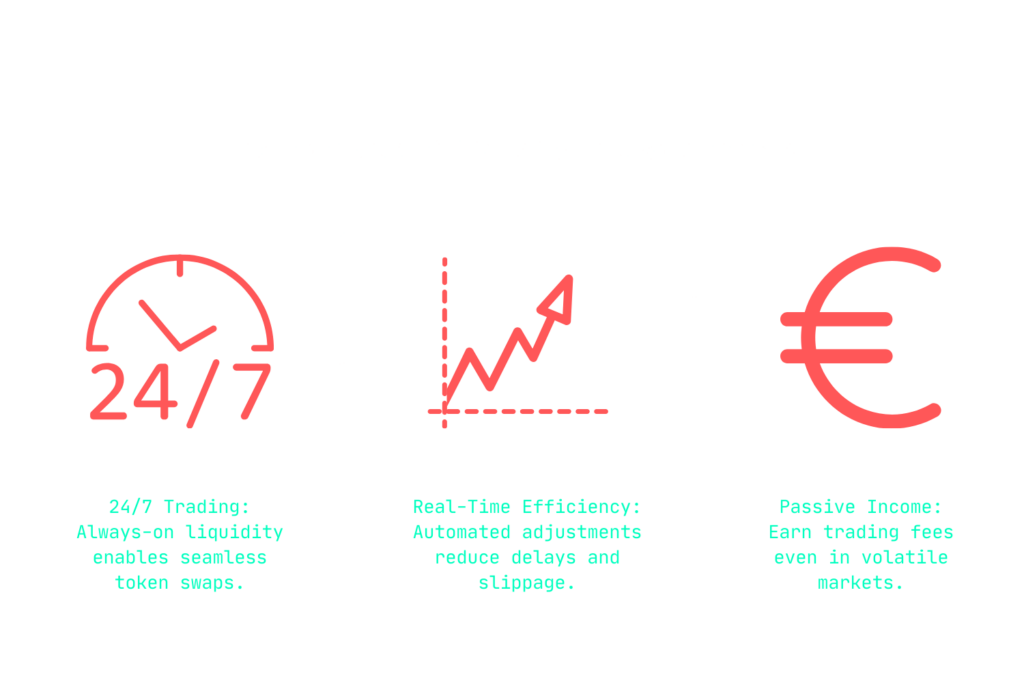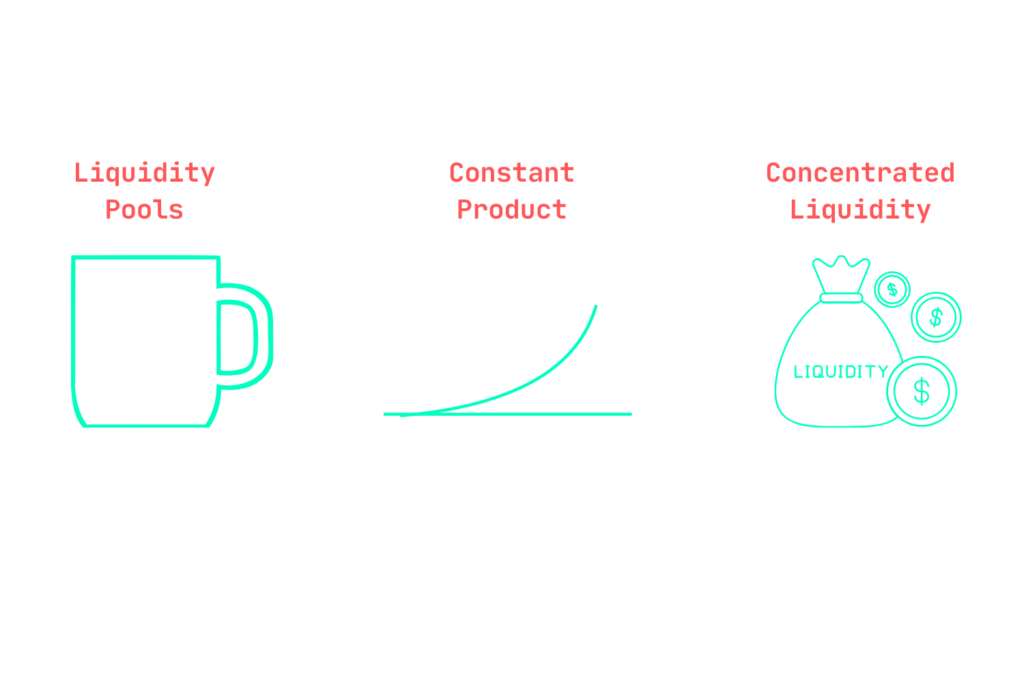
- Jakob Brezigar
- Updated: April 4, 2025
- Reading time: 6 min
Transforming Automated Liquidity Provision & Crypto Market Making

The Importance of Liquidity
- Continuous Trading: Automated liquidity provision ensures that markets remain liquid 24/7, enabling seamless token swaps.
- Enhanced Efficiency: By automating the process, liquidity is adjusted in real time based on market conditions, reducing delays and slippage.
Revenue Generation: Liquidity providers earn fees from trading activity, creating opportunities for passive income even in volatile markets.

Understanding Automated Liquidity Provision
Understanding Automated Liquidity Provision
Defining Automated Liquidity Provision
Evolution from Traditional to Automated Systems
Introduction to Automated Market Makers (AMMs)
Mechanics of AMMs and Liquidity Pools

Searching For A Liquidity Provider?
Benefits of Automated Liquidity Provision
- Continuous Market Availability:
Automated systems run 24/7, ensuring that liquidity is always available, even during periods of high volatility or when human intervention is not possible. This constant availability supports global markets that operate across multiple time zones. - Enhanced Capital Efficency:
By automatically adjusting liquidity based on current market conditions, automated liquidity provision optimizes the use of capital. LPs can concentrate their funds within specific price ranges, maximizing fee revenue and reducing idle capital. - Reduced Reliance on Intermediaries:
The automated nature of liquidity provision minimizes the need for centralized intermediaries. This reduction in reliance on third parties increases transparency, decreases costs, and reduces the risk of single points of failure. - Opportunity for passive income: Liquidity providers earn fees every time their deposited tokens are used in a trade. With automated liquidity provision, these earnings are generated continuously, creating a reliable source of passive income. This model incentivizes broader participation in liquidity provision, further enhancing market depth.
Challenges and Risks
Impermanent Loss
Security Concerns
Regulatory Considerations
Market Volatility and Liquidity Risks
Market Making and Orcabay’s Role
Disclaimer: The information provided in this article is for informational purposes only and does not constitute financial, investment, or other professional advice. All opinions expressed herein are solely those of the author and do not represent the views or opinions of any entity with which the author may be associated. Investing in financial markets involves risk, including the potential loss of principal. Readers should perform their own research and consult with a licensed financial advisor before making any investment decisions. Past performance is not indicative of future results.

Jakob Brezigar
Jakob, an experienced specialist in the field of cryptocurrency market making, boasts an extensive international presence. With Orcabay, he has skillfully managed major operations and deals for a wide array of global stakeholders.



